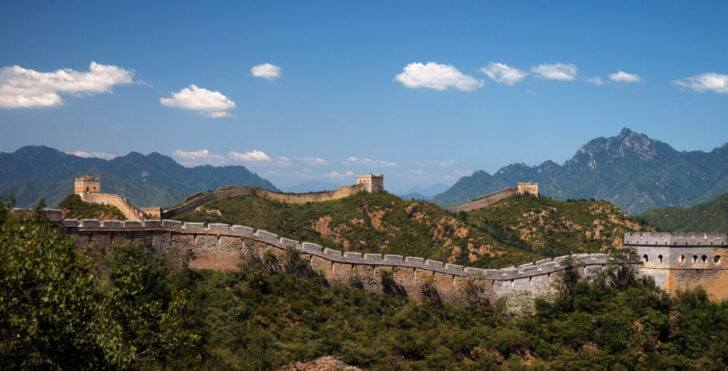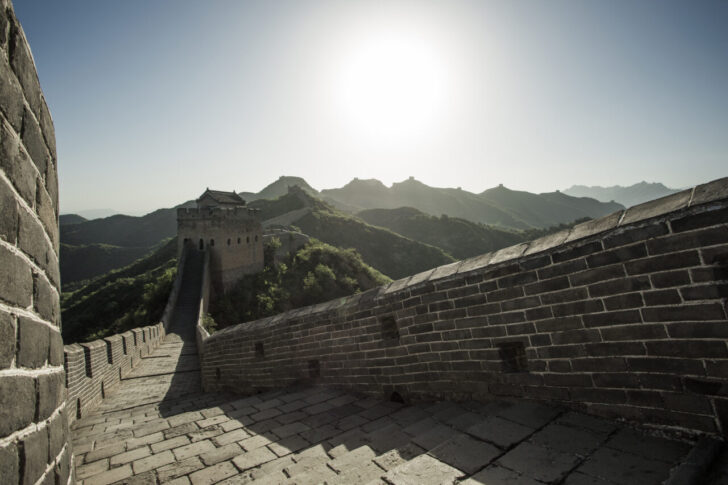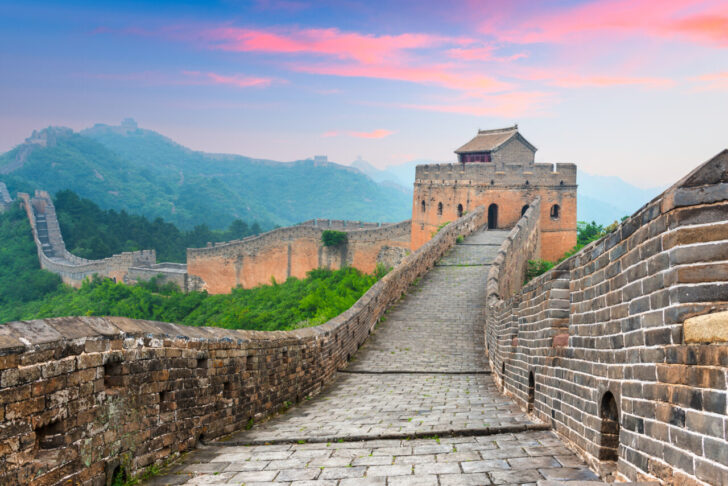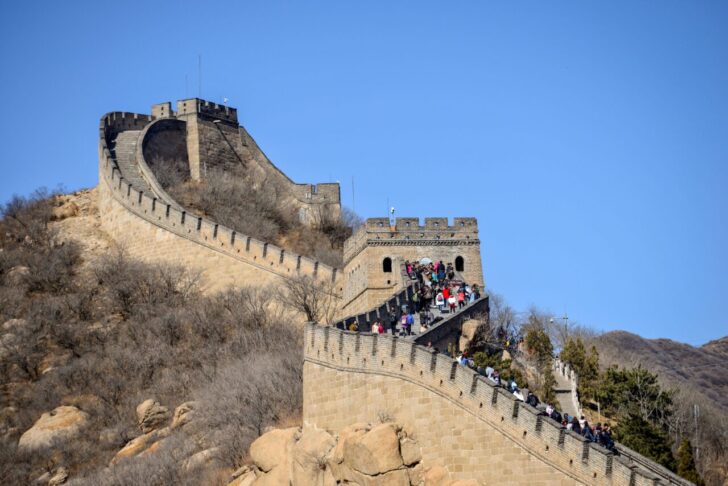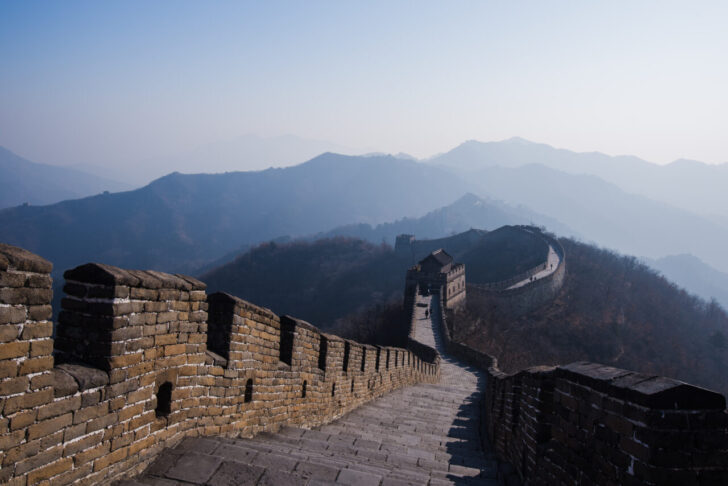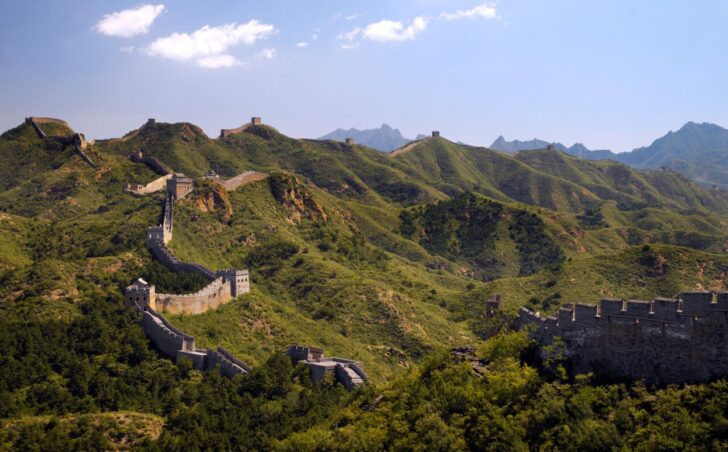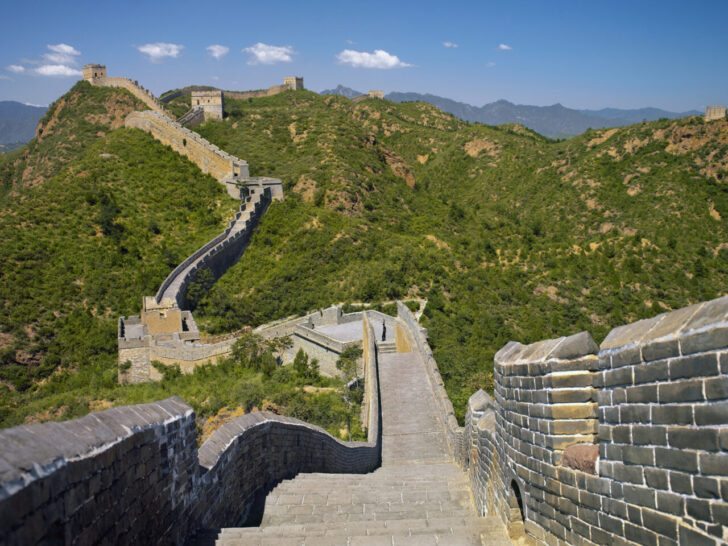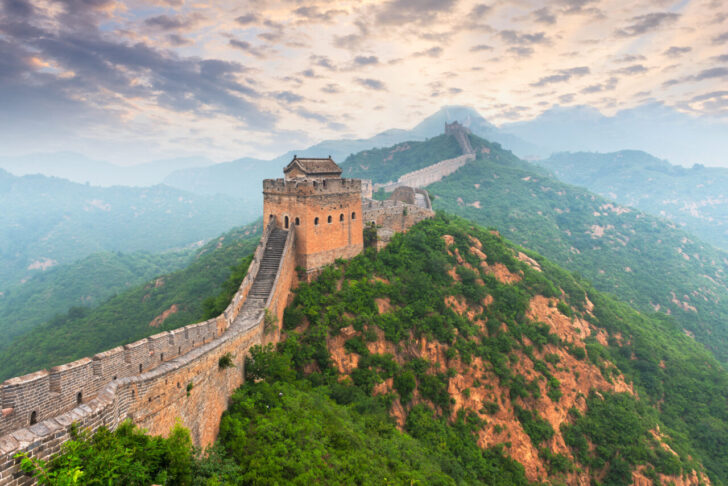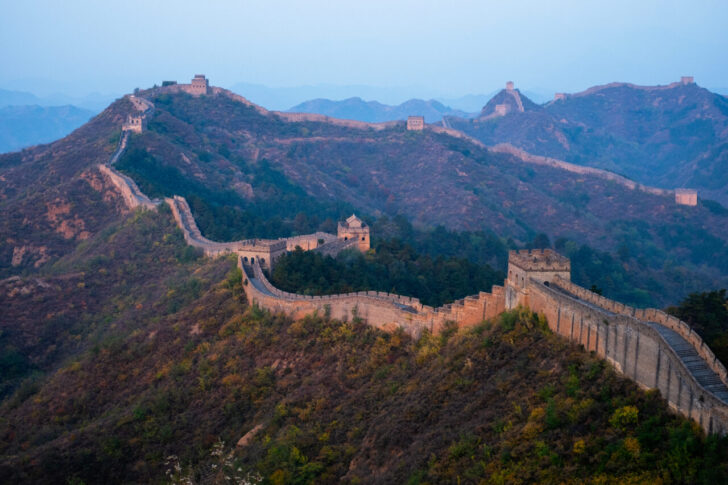The Great Wall of China: A Timeless Marvel of Human Ingenuity and Perseverance
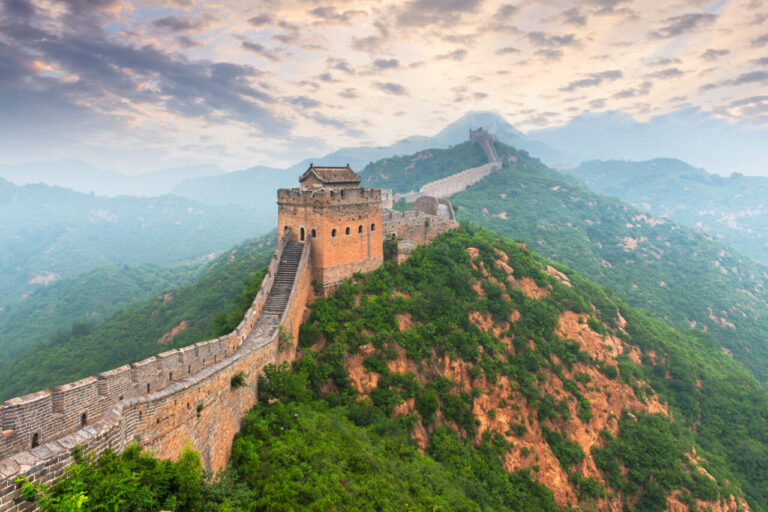
The Great Wall of China stands as an awe-inspiring testament to human ambition, ingenuity, and the relentless pursuit of security. Winding its way across the rugged terrain of northern China, this colossal structure has captivated the imaginations of people for centuries, drawing millions of visitors annually to marvel at its historical significance and architectural prowess.
Yachting in Balaton, Hungary - short 4k cinematic film
And don't forget to give us a like! :)
In this exploration, we delve into the fascinating story behind the creation of the Great Wall, examining its purpose, construction, historical relevance, and enduring legacy.
The Great Wall of China
Origins and Purpose
The roots of the Great Wall can be traced back to ancient times when regional states in China sought protection from the relentless invasions of nomadic tribes. The earliest walls were built during the 7th century BC by various states during the Warring States period. However, it was during the Qin Dynasty (221–206 BC) that the idea of a unified and interconnected defense system began to take shape.
Emperor Qin Shi Huang, the first ruler to unify China, is credited with ordering the construction of an initial wall to fend off northern invaders. The primary purpose was not only defense but also to assert imperial power and discourage internal rebellion. The Great Wall became a symbol of the emperor’s might and an architectural manifestation of the nation’s strength.
The Qin Dynasty Wall
The Qin Dynasty’s Great Wall was primarily made of tamped earth and wooden palisades. Its construction involved the mobilization of vast labor forces, including soldiers, peasants, and criminals. The wall was a formidable feat of engineering, cutting through mountains, plains, and deserts, adapting to the diverse landscape of northern China.
Despite its strategic importance, the Qin Dynasty Wall did not endure for long. With the fall of the Qin Dynasty, subsequent rulers neglected the maintenance of the wall, and much of it fell into disrepair.
The Ming Dynasty Resurgence
It was during the Ming Dynasty (1368–1644) that the Great Wall, as we know it today, took shape. Ming emperors recognized the strategic significance of the wall and embarked on an ambitious project to rebuild and fortify it. The Ming Wall incorporated more durable materials such as bricks and stones, and watchtowers were strategically positioned to enhance visibility and communication.
The Ming Wall stretched over 8,800 kilometers, forming a formidable barrier against invasions. Garrison towns were established along the wall to house soldiers and support personnel, creating a self-contained defense system.
Architectural Marvels
The architectural brilliance of the Great Wall lies not only in its sheer length but in the diverse range of engineering techniques employed. The wall navigates challenging topography, including steep mountains, vast deserts, and rolling hills. In some areas, it follows the natural contours of the landscape, while in others, it surmounts obstacles with awe-inspiring feats of construction.
Watchtowers along the wall served multiple purposes. They functioned as observation posts to detect approaching threats, as signaling stations to communicate across long distances, and as defensive structures equipped with arrow slits and battlements.
Endurance Through Time
The Great Wall has witnessed centuries of change, including dynastic shifts, invasions, and the ebb and flow of trade and culture. Despite the challenges of time, portions of the wall have stood resilient against the elements, attesting to the craftsmanship of its builders.
The wall’s endurance is also a testament to its cultural significance. Recognizing its historical and architectural value, the Great Wall of China was designated a UNESCO World Heritage Site in 1987, ensuring its preservation for future generations.
Myths and Realities
As with any ancient structure, the Great Wall has become shrouded in myths and legends. One of the most pervasive myths is that the wall is visible from the moon. However, this notion, propagated for decades, has been debunked by astronauts and scientific evidence. The wall, though monumental, is not discernible from such a vast distance.
Another common misconception is that the wall is a single continuous structure. In reality, the Great Wall is a series of walls and fortifications, often constructed by different dynasties and for different purposes. The diverse nature of the wall reflects the complex history of China and the ever-evolving strategies for defense.
The Cultural Tapestry of the Great Wall
Beyond its military function, the Great Wall has become an integral part of China’s cultural identity. It has inspired poets, artists, and musicians throughout the ages, contributing to a rich cultural tapestry. The wall’s depiction in art and literature often goes beyond its physical presence, symbolizing endurance, determination, and the indomitable spirit of the Chinese people.
Tourists from around the world are drawn not only to the architectural marvel of the Great Wall but also to the stories embedded within its stones. The wall has become a living museum, offering a glimpse into the historical, cultural, and strategic dimensions of ancient China.
Challenges and Preservation Efforts
Preserving a structure as vast and diverse as the Great Wall presents significant challenges. Natural erosion, human impact, and the sheer length of the wall contribute to ongoing conservation efforts. Various sections of the wall have undergone restoration to ensure their structural integrity while maintaining the historical authenticity of the original construction.
Conservationists and archaeologists face the delicate task of balancing preservation with the impact of tourism. Managing the footfall of millions of visitors each year is essential to prevent further degradation of the wall and its surrounding environment.
Modern Significance
In the modern era, the Great Wall of China has assumed new significance beyond its historical and cultural value. It has become a symbol of China’s emergence as a global power, representing the nation’s deep roots and enduring strength.
The wall’s image is often invoked in political discourse and nationalistic narratives, reflecting its continued resonance in contemporary Chinese identity.
Visiting the Great Wall Today
Visiting the Great Wall is a journey through time and a physical encounter with history. Several sections of the wall are open to tourists, each offering a unique perspective and experience. The Badaling and Mutianyu sections, easily accessible from Beijing, are among the most visited, providing a blend of historical significance and panoramic views.
For a more remote and less crowded experience, sections such as Jinshanling or Jiankou offer a rugged and authentic adventure. Hiking along these less-renovated portions allows visitors to appreciate the wall in its raw and natural state.
When to visit The Great Wall of China
The best time to visit the Great Wall of China is during the spring (April to June) and autumn (September to October) seasons. During these times, the weather is generally mild and comfortable, making it more pleasant for outdoor activities. Summer can be hot and crowded, while winter can be very cold. It’s advisable to check weather conditions and plan your visit accordingly.
The Great Wall of China is not merely a physical barrier; it is a testament to the human spirit’s capacity for innovation, endurance, and resilience. Its bricks and stones tell a story of empires, invasions, and the ceaseless pursuit of security.
As we stand at its ancient ramparts, we are not just witnessing a marvel of engineering; we are stepping into the footsteps of history, where the echoes of the past resonate with the aspirations of the present.
The Great Wall, with its grandeur and historical significance, remains an enduring symbol of China’s cultural heritage and a bridge connecting the past to the future.
For more great places to visit in China read this article: 30 Best Places to Visit in China with amazing pictures and map!


